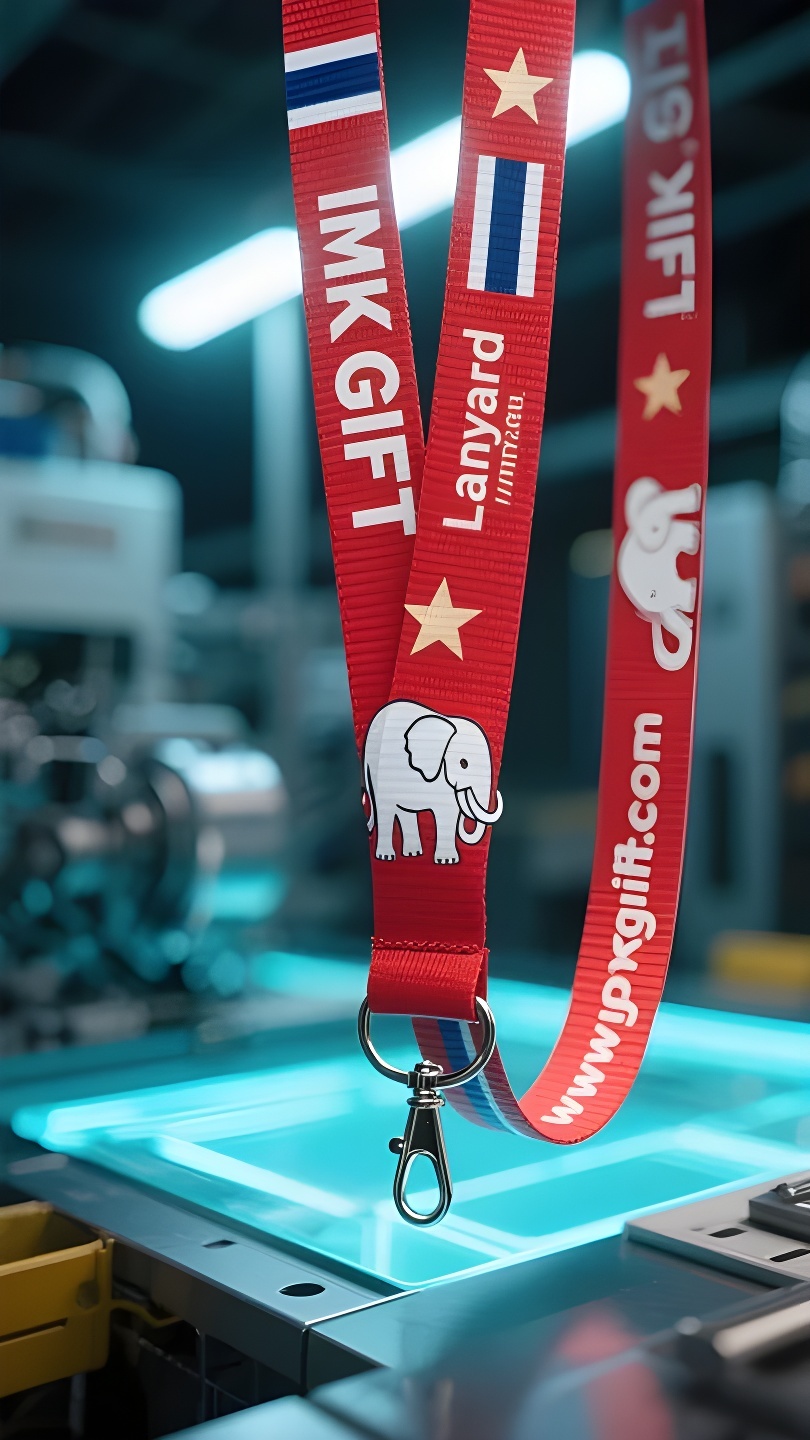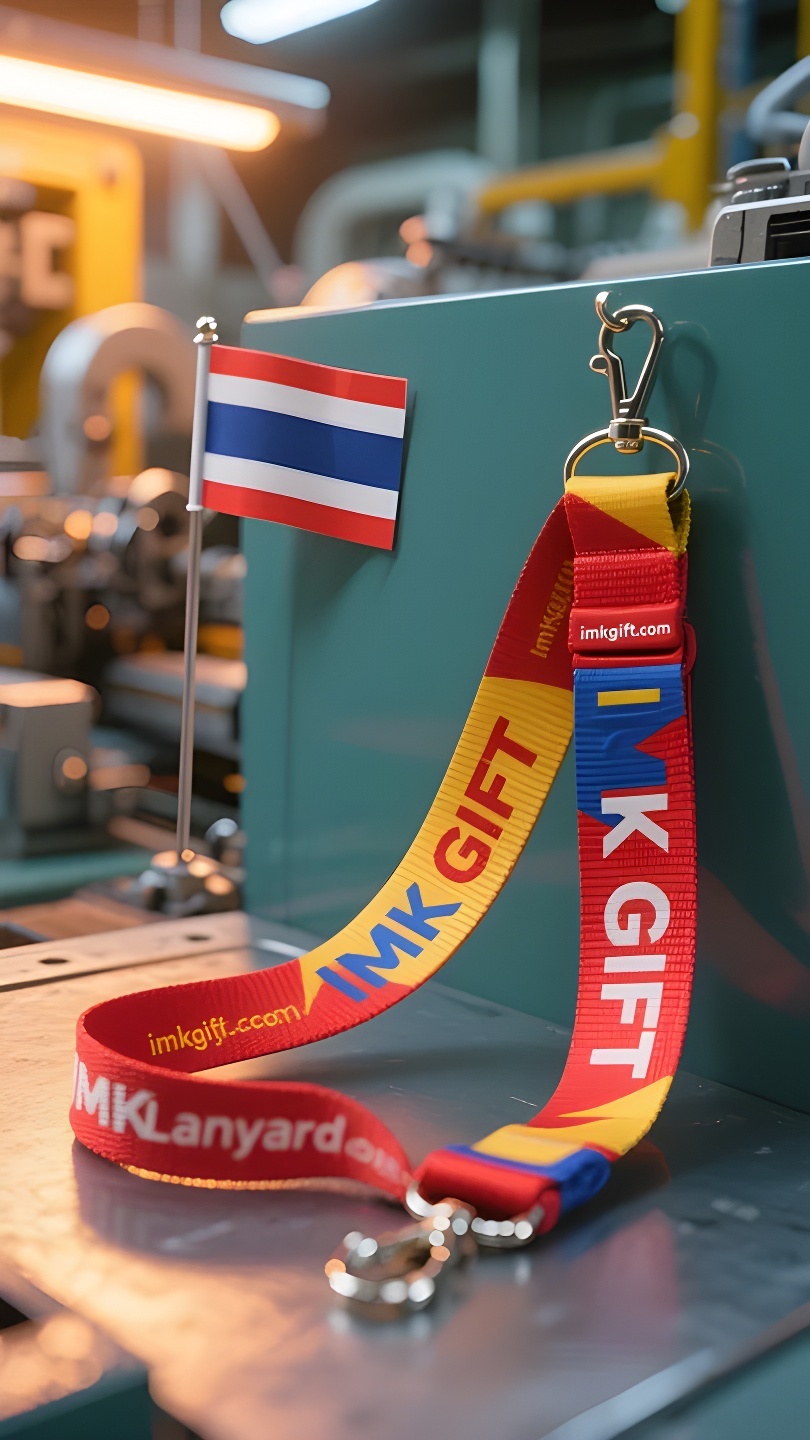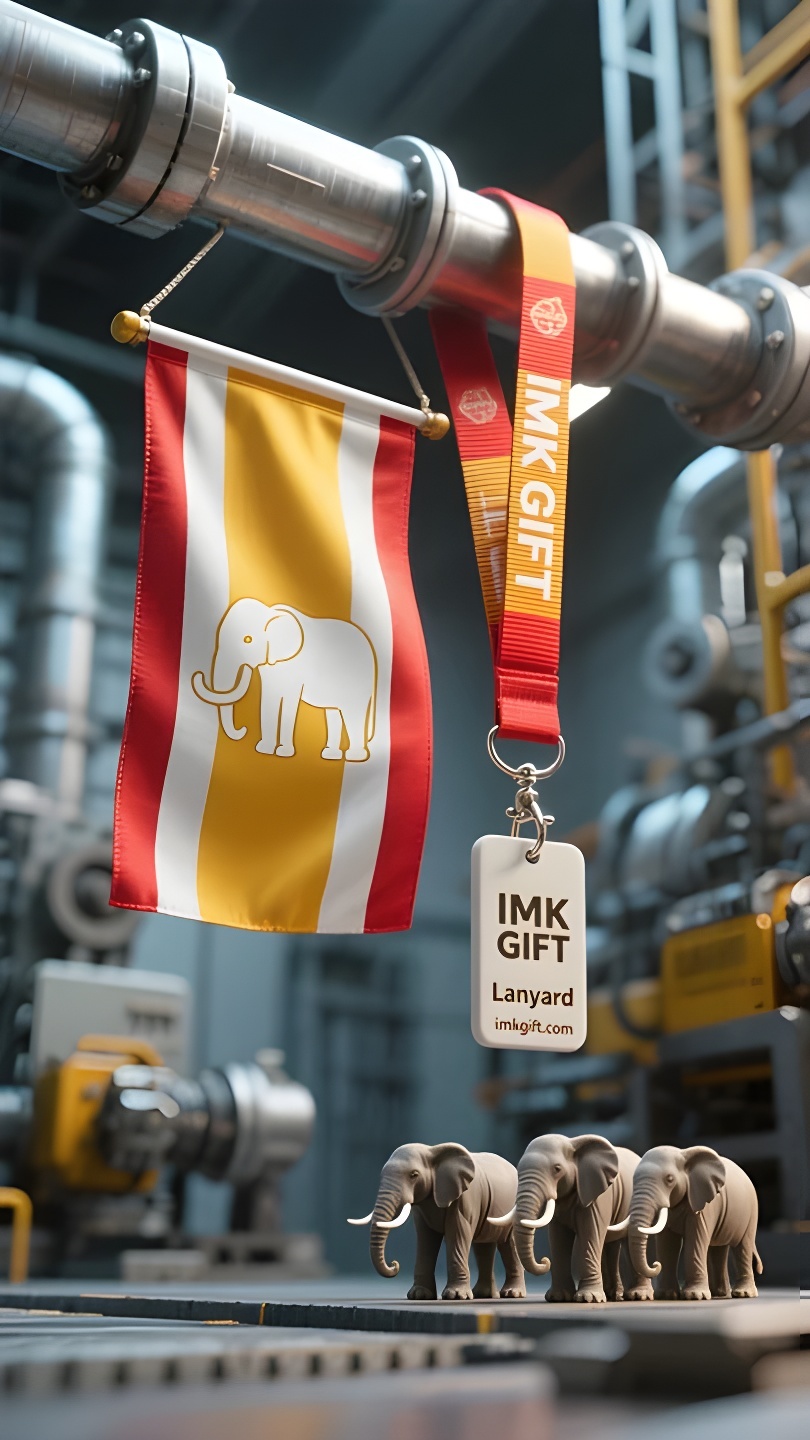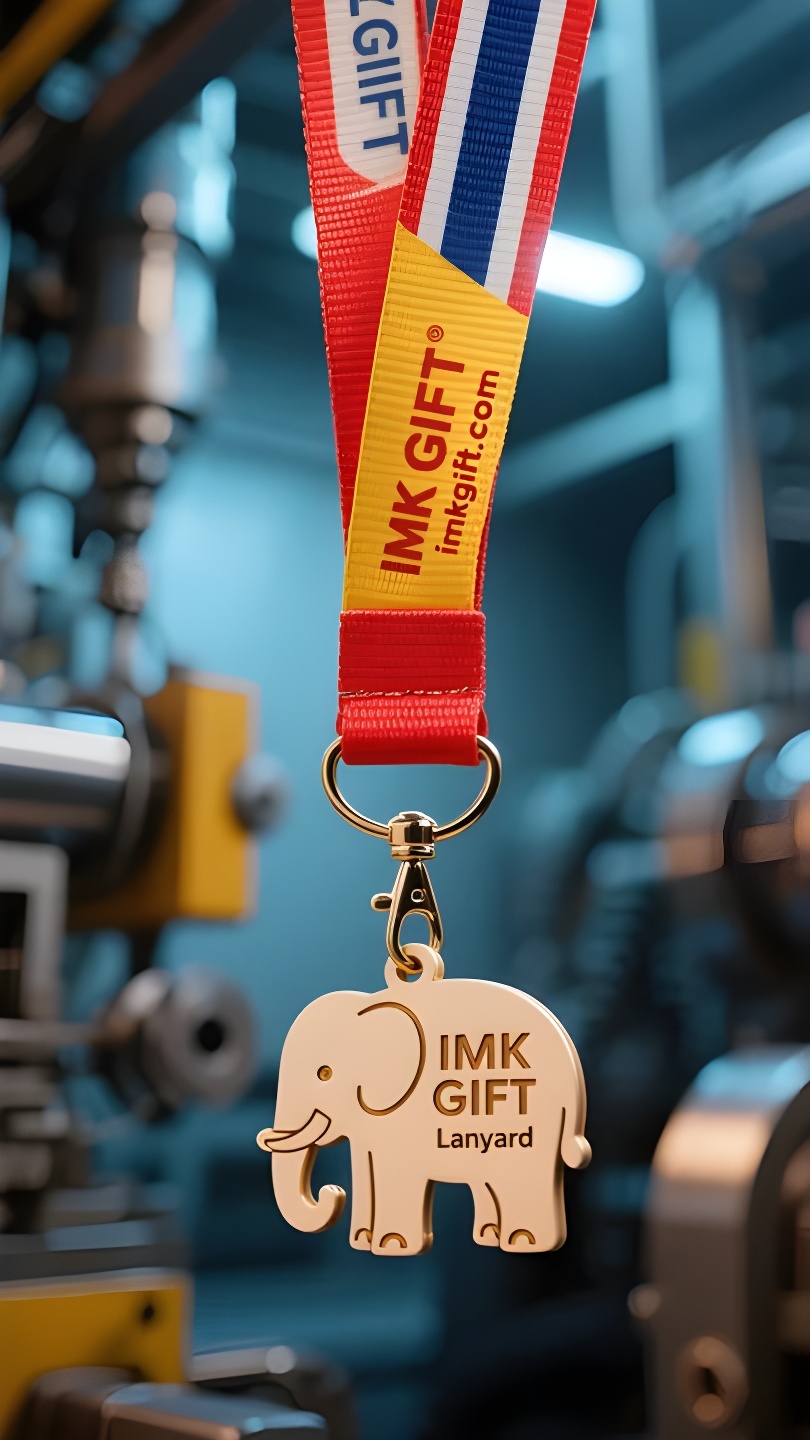in999-ภ-เขาและสายน-ำในปม-จ-ตว-ญญาณไทยในเช-อกช-าง
▼
ในเดือนสิงหาคม ประเทศไทยมีการเฉลิมฉลองวันแม่และวันอนุรักษ์ช้าง ในขณะที่ธงชาติสามสีโบกสะบัดตามสายลม สายคล้องคอรูปช้างก็ถูกพันรอบข้อมือของผู้คนจำนวนนับไม่ถ้วนอย่างเงียบๆ ปมที่ดูเหมือนเรียบง่ายนี้รวบรวมเอารหัสทางจิตวิญญาณของประเทศในเขตร้อนแห่งนี้ สีน้ำเงิน ขาว และแดงของธงชาติ เป็นสัญลักษณ์ของราชวงศ์ ศาสนา และประชาชน ตามลำดับ ในขณะที่เชือกถัก 7 สีในสายช้างเป็นตัวแทนของสมบัติทั้ง 7 ของพุทธศาสนา เมื่อผู้ศรัทธาพันด้ายฝ้ายรอบเท้าของรูปปั้นช้างศักดิ์สิทธิ์ พวกเขาเชื่อว่าพวกเขากำลังสานบุญด้วยการพันทุกครั้ง ประเพณีนี้ซึ่งมีต้นกำเนิดมาตั้งแต่สมัยราชวงศ์ล้านนาได้พัฒนามาเป็นเครื่องรางที่คุ้มครองผู้สวมใส่ ยิ่งผูกแน่นมากเท่าไหร่ ก็ยิ่งได้รับพรมากขึ้นเท่านั้น บนท้องถนนในกรุงเทพฯ คุณจะพบคนงานก่อสร้างกำลังผูกสายคล้องคอกับหมวกนิรภัย นักเรียนกำลังพันสายคล้องคอไว้กับซิปกระเป๋านักเรียน และพ่อค้าแม่ค้ากำลังซ่อนตัวอยู่หลังเครื่องคิดเงิน ปมที่หลุดลุ่ยและเป็นขุยเหล่านี้เป็นเครื่องพิสูจน์ถึงความเข้มแข็งของคนไทยทั่วไป เช่นเดียวกับช้างที่ใช้งวงม้วนท่อนไม้ขนาดใหญ่ ผู้คนก็สานความเข้มแข็งของชีวิตด้วยความพากเพียรในชีวิตประจำวันเช่นกัน ในช่วงฤดูฝนและน้ำท่วม เชือกที่ข้อมืออาสาสมัครจะโผล่และหายไปในน้ำโคลน ในฤดูแล้งซึ่งเป็นช่วงที่ข้าวจะเจริญเติบโต ปมที่คอของชาวนาจะถูกปกคลุมด้วยเม็ดเหงื่อที่ใสราวกับคริสตัล ฉันทลักษณ์ของธงชาติที่ถักทอเป็นกระดูกสันหลังของประเทศ ฉันทลักษณ์ของช้างที่ถักทอเป็นเจ็ดสีก็สานสัมพันธ์กับความเชื่อของแต่ละคนเช่นกัน เมื่อขบวนแห่เทศกาลช้างครั้งแรกหลังจากผ่านพ้นโรคระบาดที่พระบรมมหาราชวัง เชือกธงชาติที่ผูกไว้ที่ปลายงวงช้างน้อยปลิวไสวในสายลม ราวกับจะบอกว่า “แม้ปมจะเล็กเพียงใด ตราบใดที่เรายังสามัคคีกันแน่นแฟ้น ก็สามารถผูกความหวังไว้กับขุนเขาและสายน้ำได้”
In August, Thailand welcomes Mother’s Day and Elephant Conservation Day. When the tricolor national flag is unfurled in the wind, the elephant lanyard is quietly wrapped around the wrists of countless people. This seemingly simple knot condenses the spiritual code of this tropical country. The blue, white and red colors of the national flag symbolize the royal family, religion and people respectively, while the seven-color braided rope of the elephant lanyard implicitly corresponds to the seven treasures of Buddhism. When believers wrap the cotton thread around the foot of the holy elephant sculpture, they believe that every circle is weaving merit. This tradition originated from the Lanna Dynasty and has now evolved into a mascot to protect the wearer – the tighter the knot, the deeper the blessing. On the streets of Bangkok, you will find construction workers tying the lanyard to their helmets, students wrapping it around the zipper of their schoolbags, and vendors hiding in the corner of the cash register. These worn and fuzzy knots bear witness to the tenacity of ordinary Thai people: just like elephants use their trunks to roll up huge trees, people use their daily persistence to weave the tenacity of life. During the rainy season, the lanyards on the volunteers’ wrists flickered in the muddy water; during the dry season, when the rice was being cultivated, the knots on the farmers’ necks were covered with crystal sweat. Just as the three colors of the national flag weave the backbone of the country, the seven-color threads of the elephant lanyards entwine individual beliefs. When the first Elephant Festival parade after the epidemic passed the Grand Palace, the national flag lanyard tied to the tip of the elephant’s trunk fluttered in the wind, as if telling: no matter how small the knot is, as long as we are closely united, we can tie up the hope of the mountains and rivers.
八月的泰国迎来母亲节与大象保育日,当三色国旗随风舒展时,大象挂绳正悄悄缠绕在无数人腕间。这看似简单的绳结,却凝结着这个热带国度的精神密码。
国旗的蓝白红三色,分别象征王室、宗教与人民,而大象挂绳的七色编织绳则暗合佛教七珍。当信众将棉线一圈圈缠绕在圣象雕塑足部时,他们相信每绕一圈都在编织功德。这种源于兰纳王朝的传统,如今演变为守护佩戴者的吉祥物——绳结越紧密,福报越深厚。
在曼谷街头,你会发现建筑工人将挂绳系在安全帽上,学生把它缠在书包拉链处,商贩则藏在收银机角落。这些磨损起毛的绳结,见证着普通泰国民众的坚韧:就像大象用鼻子卷起巨木,人们用日常的坚持织就生命韧劲。雨季洪涝时,志愿者手腕的挂绳在浑水中忽隐忽现;旱季稻作时,农夫脖颈的绳结沾满晶莹的汗珠。
正如国旗的三色经纬交织出国家脊梁,大象挂绳的七色丝线缠绕着个体信念。当疫情后首个大象节巡游队伍经过大皇宫,小象鼻尖系着的国旗挂绳随风飘动,仿佛在诉说:再微小的绳结,只要紧密团结,就能系住山河岁月里的希望。
▼
Contact Us
📞 Tel: +0086-760-85286839
📧 Email: sales3@imkgift.com








